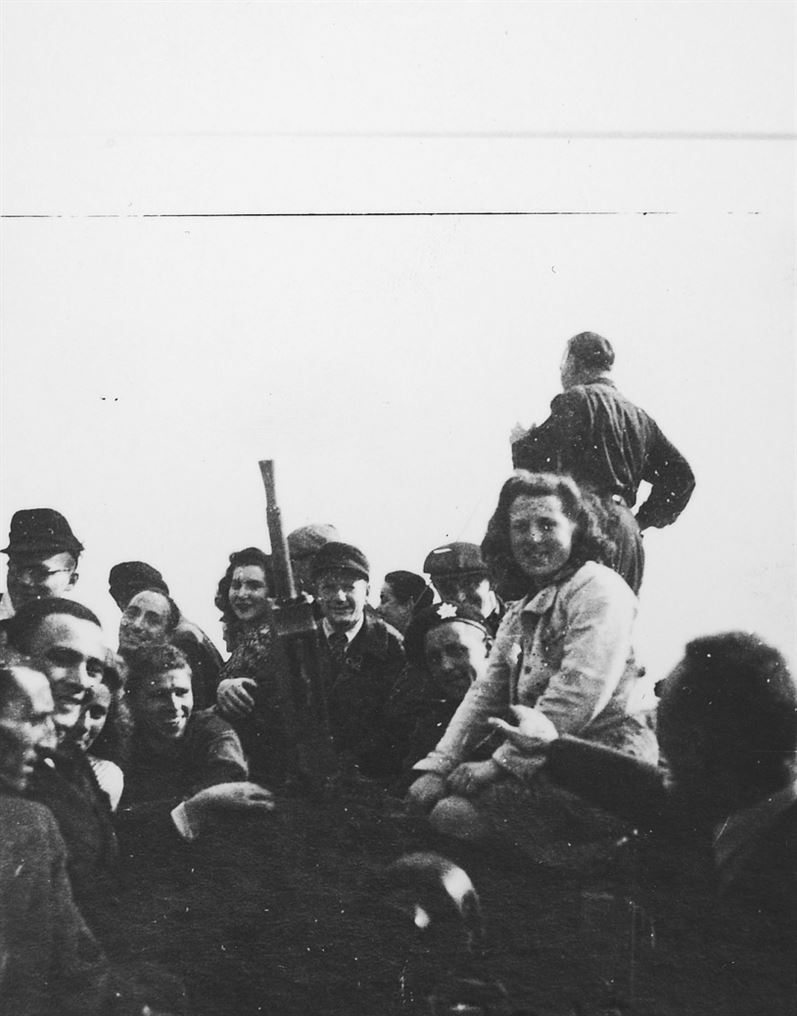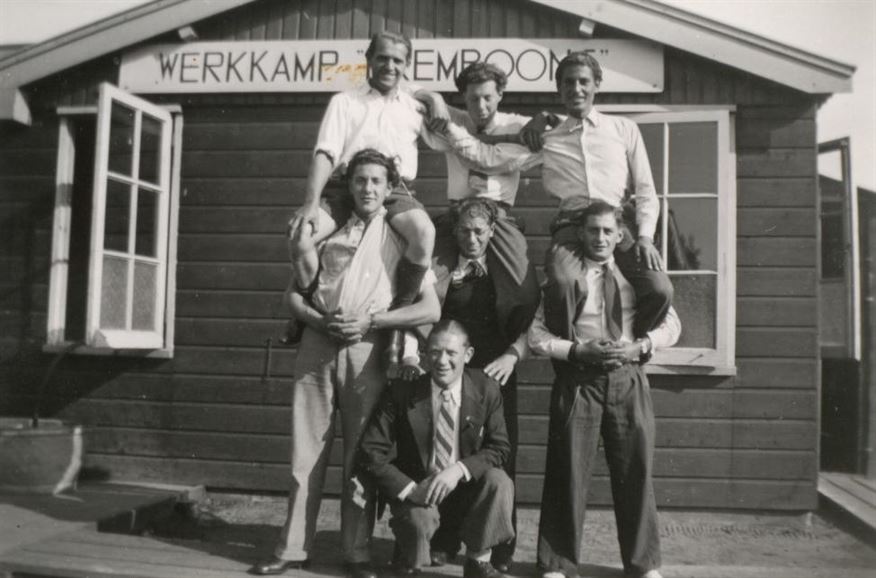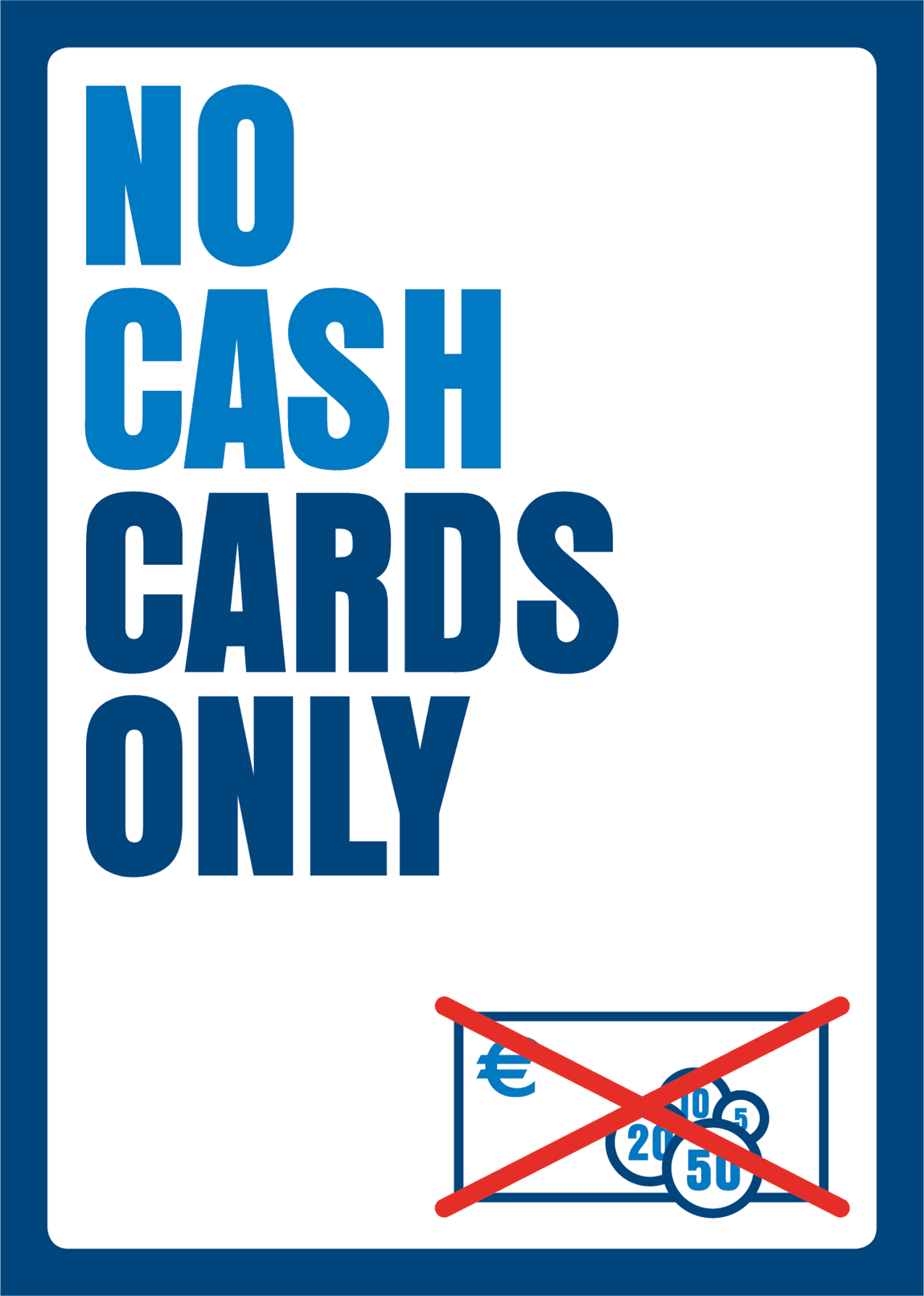Liberation
On 12 April 1945, the Canadian army liberated over 850 Jewish prisoners in Camp Westerbork. In the camp, they waited anxiously for the liberators. The prisoners had asked civil servant Aad van As to take charge as soon as the SS had left. Van As belonged to one of the few Dutch citizens who held a position in the camp. Once, he was asked to become the assistant by Dutch camp commander Schol, but the Germans had prevented that. Since, he was the head of distribution – later serving the municipality of Westerbork – and had many prisoners’ confidence from the outset. When the liberators were approaching, he sent the Jewish head of field service, Zielke, to meet the Canadians. The people living in the camps gathered in the Great Hall to discuss what was to happen next. But when they heard ‘The Tommies are here’, everyone ran out to meet the liberators.
No man’s land
The day before the liberation, the camp was abandoned by commander Gemmeker and staff. The camp was in no man’s land, between two front lines. That night, the last soldiers of the Grenzschütz left the camp. They guarded more than 100 non-Jewish political prisoners, who had to be evacuated. They were all women. A number of them had been imprisoned in the punishment barracks of the camp for several weeks.
When Van As greeted the commanding officer Captain Morris and was talking to him about ‘wrong elements’ that might be present in the camp, he was called outside by a cheering crowd, which had an orange and Dutch flag. It was an unforgettable moment for him: 'When I came out, they asked me if I wanted to raise the flags. This has been one of the most beautiful moments of my life. It was done while singing the Wilhelmus anthem, and suddenly I no longer felt ground underneath my feet. They lifted me up and went around with me while dancing. For me, there could not have been a better conclusion to the liberation.'
The sadness of the liberation
After the liberation, the more than 850 Jews that remained had to stay in the camp for months longer. This was a security measure in the first place. The entirety of the Netherlands hadn’t been liberated yet. There was still fighting further up north. In addition, the Canadian and Dutch authorities first wanted to investigate why these Jewish prisoners hadn’t been deported: were there people amongst them who had worked with the Nazis and had to be imprisoned (again)? It would end up taking until July 1945 before the last prisoners were allowed to leave Camp Westerbork. In the meantime, most people had received the unimaginable news that their deported family members, friends, and acquaintances who went to ‘the East’ were murdered there by the Nazis and would not return.






